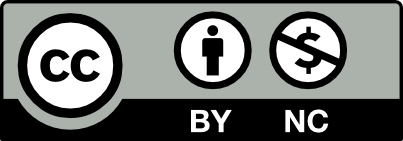iMEdD dives into the sphere of digital transformation in journalism by interviewing three leaders in the field and uncovering firsthand their ‘good practice’ handbooks.
How to film a professional video interview
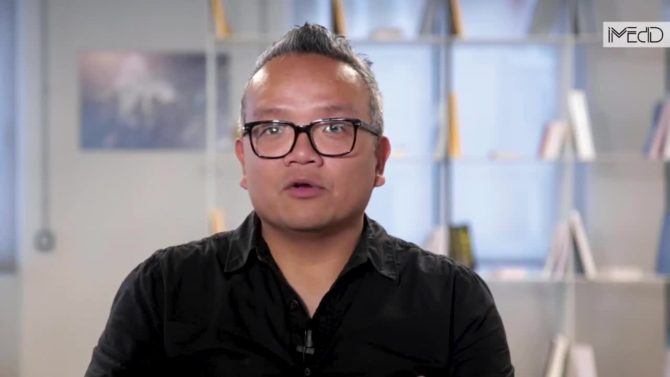
Journalist and documentary filmmaker Duy Linh Tu explains what are the five key factors for a successful professional video interview.
“Digital transformation is a mindset. It’s not only about technology, it’s about leadership”, said Shazna Nessa, Recent Global Head of Visuals at the Wall Street Journal, during the panel “The digital transformation: Completed, yet ever evolving” at the 2023 iMEdD International Journalism Forum. Angelica Peralta Ramos, Multimedia Development Manager and Leader of the Data Journalism team at La Nación Argentina, and Chieu Luu, Director of Video at the South China Morning Post, headquartered in Hong Kong, also participated. In a discussion, moderated by former CEO of Philadelphia Media Network Inc, Egger Terry, the three international media leaders shared their strategies in the post-digital era.
South China Morning Post (SCMP)
As Director of Video in the SCMP, Chieu Luu oversees all editorial video; from original spot news around Hong Kong and China to the mini-documentary-style “SCMP films” as well as a newly established podcast series, recently granted the Asian American “Best News Podcast” award.
SCMP.com has included multimedia content since 2007, but until 2017 the video team only comprised 7 members. According to Luu, it was only after the company was acquired by Alibaba that “SCMP went from being a newspaper that had a website to a digital-first player”. Now the video team has grown from 7 to 20 members and is an editorial unit of its own.
For Luu, one of the things that differentiates SCMP from other news organizations is that it tells stories that are not a part of the Western narrative, “the good, the bad, the people’s stories; character-driven stories”. He used the example of the “Ice Boy” from the Yunnan province, a boy who walked more than 10km to school every day, through adverse weather conditions. When other newsrooms reproduced the same single picture of the snow-covered boy, SCMP sent a video producer from Beijing to Sichuan to find the boy and put a face on the issue of poverty and unequal access to institutions in rural China. “Using video to capture the emotion of people’s faces, to show their living conditions, a macro shot, the little details…that has made a huge difference in growing our audience, in getting recognized as a player in digital video on the global stage”, said Luu.
But there was no linear path to success. Longer-feature initiatives like “SCMP films” were pretty much an experiment. “I think a lot of it had to do with luck”, admitted Luu. “The only strategy I had going into this job has nothing to do with metrics, nothing to do with algorithms, is just ‘do good journalism’”. And that’s ultimately important in the era of adapting to vertical video. In a YouTube conference in San Francisco, last October, Luu realized that Tik Tok is now the direction everyone’s going, but also that it’s not the only avenue. “We still have our 16×9 videos, which are long and informative and really make us stand out from everyone else. It is important to reach the widest audience, to make them aware of the SCMP brand, but also staying true to the SCMP brand” he said.
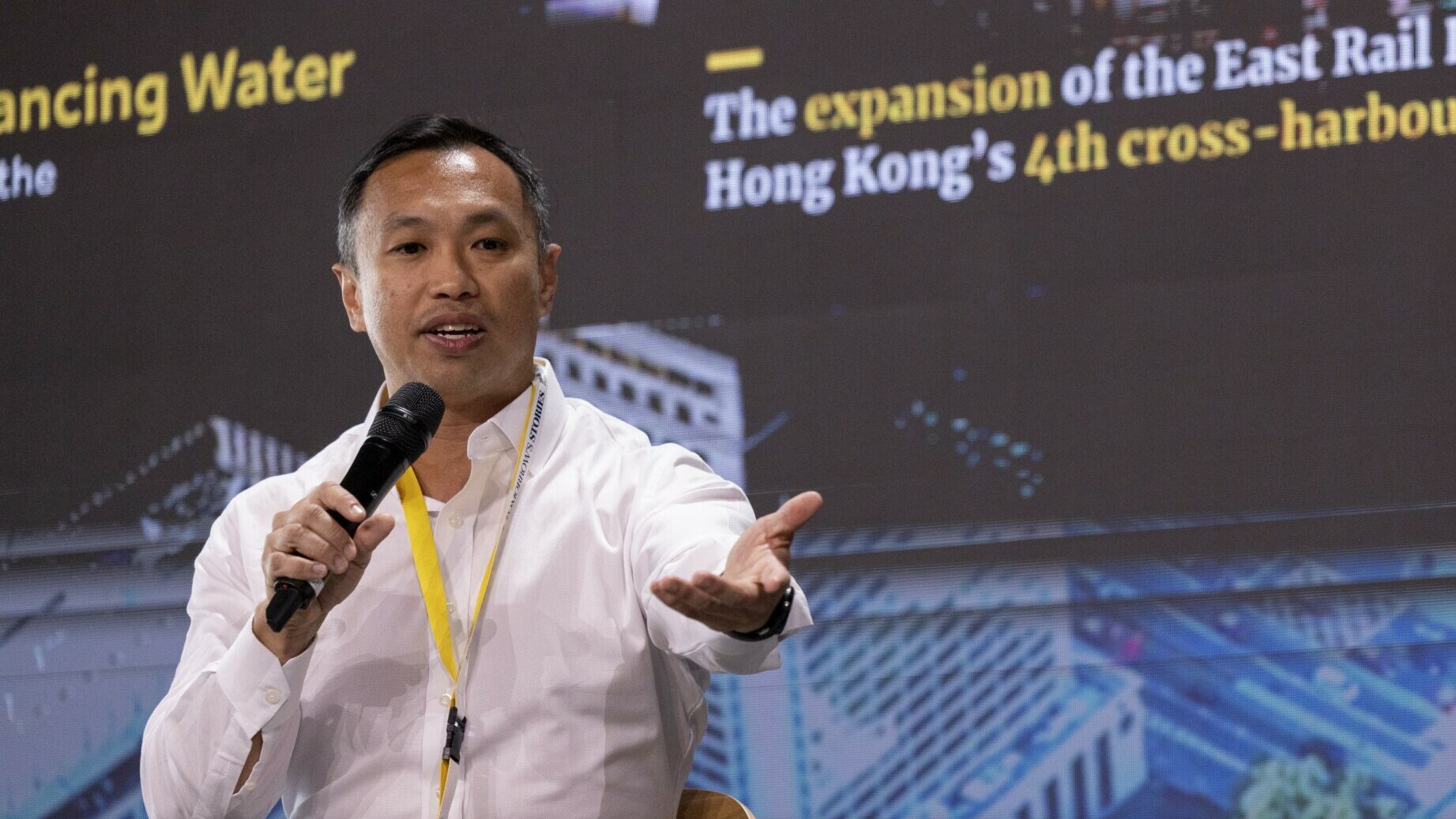
Using video to capture the emotion of people’s faces, to show their living conditions, a macro shot, the little details…that has made a huge difference in growing our audience, in getting recognized as a player in digital video on the global stage.
Chieu Luu, Director of Video at the South China Morning Post
When asked about the conception to publication process of an idea, Luu underlined the importance of being on the top of the news, but most importantly finding a vessel to make people care about a topic. At the time of interview, his team was examining the Chinese property bubble through the case of the heavily indebted developer “Evergrande Group”. For Luu, a simple business reporting video would not be exciting. He rather wanted to answer the important questions: “Who’s affected by this? Do we have access to them? Will they let us film how they live?”. Luu made it clear, however, that access to people for video content does not mean authority over them.
“We’re not using people as some sort of freak show”, he stressed. “It’s about really respecting and reflecting on the situation that they live in. If our journalism can make a difference, if our journalism can shed light on issues, make others aware and make them care, then I don’t feel I’m exploiting people, I think I’m helping them”.
Ultimately, Luu established that digital tools are great because they help get the message out. But making sure the message is balanced and fair is a different story. It’s not only the role of journalists to make judgements, they also have to trust their audiences to be able to make up their own minds; “that’s the crux of what good journalism is” said Luu while smiling.
A dataset with fires that broke out across Greece in 2019
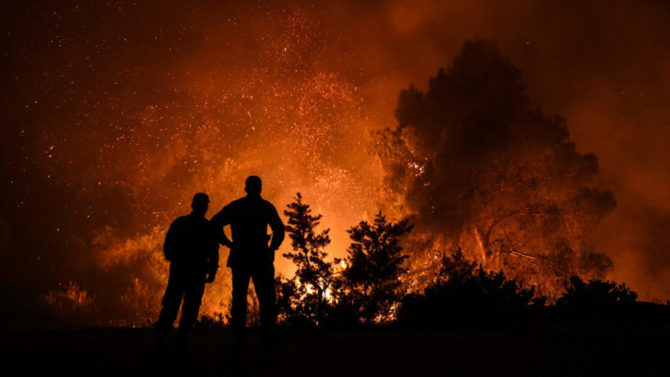
Forest fires recorded last year by the fire service, along with longitude and latitude coordinates per incident.
La Nación
Angelica Peralta Ramos is Multimedia Development Manager and leads the Data Journalism team in La Nación, in a mission to use data for storytelling and investigative journalism in Argentina. Although digital transformation started in 1995 with LaNacion.com, it was only in 2011 that the process was accelerated, when the first “Freedom of Information” (FOIA) request was filed to the government. “We didn’t have a ‘Freedom of Information’ Law in Argentina. We wanted to participate in this movement to activate the demand for public information. Now, in La Nación, we do 200 FOIA requests per year”, said Peralta Ramos.
By 2014, La Nación witnessed ever-increasing automation and today it’s using open AI tools such as, Chat GPT, the video-to-audio transcriptor “Whisper” and Amazon Cloud AI. According to Peralta Ramos, such tools provide an opportunity to prove that data and AI can help create trust, and transparency in Spanish-language media. “We always look and try to learn from the Global North, but we have the talent and access to technology, and we can also do it in Spanish”, she exclaimed.
Such tools proved particularly valuable for the “Nature Project” which started two years ago; an ambitious data-driven initiative that tries to make every story a climate story; “That is aspirational but we are already working with early adopters and a cross-section team that is not pressured by a deadline”, said Peralta Ramos. When asked what she thought was the most impactful piece of the “Nature Project” she gleamed with enthusiasm. One piece was the “Native’s Guide”, the only guide that outlines the ecoregions in Argentina and detects native plants. In an attempt to “make native plants famous”, the Native’s Guide tries to “tell an ecosystem-rebuilding story…from big-scale national parks to one’s own balcony”. Another piece was the “Environmental Legislation Monitor”, a complex tool that follows the advances and implementation of environmental legislation bills in Congress. It is updated in collaboration with 3 Environmental NGOs and one NGO specialized in legislative transparency. A feature that makes it unique is that it allows to embed a data visualization in every article related to a specific bill project or topic.
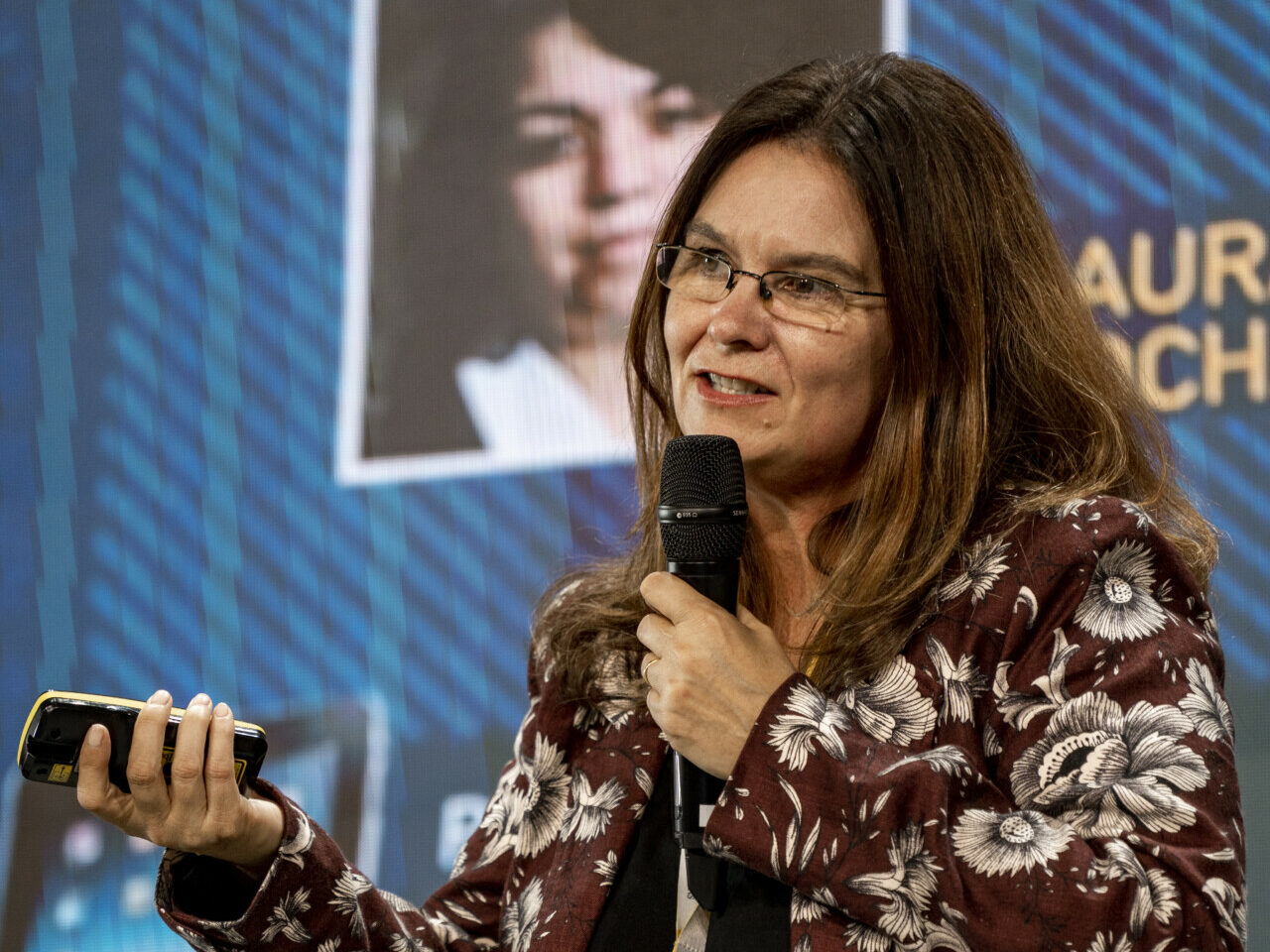
I want to build a collective tool and share it with other data journalists. If we build a data infrastructure, we are giving context and we are telling better stories
Angelica Peralta Ramos, Multimedia Development Manager and Data Journalism Team Leader at La Nación
In any case, Peralta Ramos stressed that what is still missing is how to tell the global story of curbing emissions. The data is there; the UNEP emissions gap report, the IPCC, the UNFCC, the Climate Action Tracker, the Climate Watch, but we must be very careful in choosing the correct methodologies to tell the story. She highlighted the need for a collective data tool that can help us face the hundreds of overwhelming climate stories that flood our newsfeeds. “I want to build a collective tool and share it with other data journalists like others are doing with satellite images, geo-information systems, AI for climate change and climate prediction models. If we build a data infrastructure, we are giving context and we are telling better stories”, she said.
When asked how La Nación measures the impact of its work, she admitted that there is no solid quantitative measure; “the impact is that we ourselves use this data and demand more transparency. And we keep doing this because we think it’s our responsibility, that it’s good for democracy”. This way, La Nación can share its transparency, innovation and nature-positive values with its audience. For Peralta Ramos, every data-driven newsroom must “learn, share and collaborate”.
Cocaine and antidepressant use hits record high during the pandemic
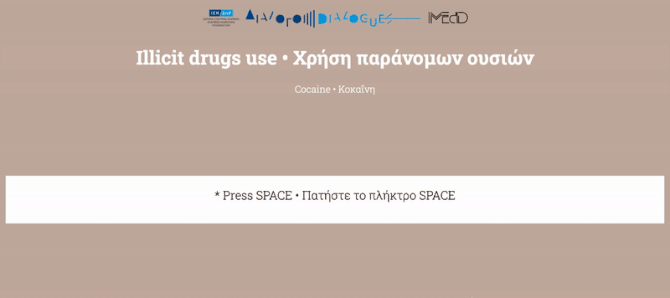
Cocaine use appears to have tripled since the start of the pandemic. A sharp increase in the use of antidepressants.
The Wall Street Journal
Recent Global Head of Visuals at the Wall Street Journal, Shazna Nessa, started her career from a technology background. At the time, technology and journalism were two separate fields with little room for intersection. But the rise and evolution of the internet changed all of that, and new opportunities for newsgathering, analysis, presentation, and distribution emerged. Journalism started becoming multidisciplinary.
The proliferation of data available to journalists is a good example of when newsrooms realized the potential of access to technology and data for their reporting. Visual journalism started to become more important too, with new forms of digital storytelling, interactive tools, and engaging editorial design; “just look at how people are looking at information, it’s so visual now”, said Nessa.
However, when asked if everything needs to be visualized, she replied that more stories needed to be visually led, but it depends on the story. It also depends on the newsroom’s editorial priorities, she said, also pointing out that “there’s this old mentality of automatically saying ‘I need a graphic, I need a chart,’ without thinking carefully about whether these advance a reader’s understanding of the story or data, or just clutter the reading experience. I don’t encourage graphics simply to embellish a text story when it doesn’t really add value to a reader’s understanding” she added. Sometimes plain text is best for breaking news, sometimes photography does the job, sometimes spending two months on a deep analysis using 3D animations is most appropriate. Cartography has always been important to visual journalism. “Right now, we are in the middle of conflicts, stories which are all about land, and military strategy; maps are the way to show and explain many of those stories”.
“Over the years we’ve learned a lot about tools vs visual stories, for example several years ago there was a newsroom trend to prioritize developing very complex, multi-filter databases that readers could browse”, said Nessa, “but many readers didn’t have time to spend browsing through a complex database and, they wanted to be guided through the most important parts of the story and the data”. While the tools failed to meet the needs of wider audiences, these types of tools were helping journalists in their own reporting. For example, while working at the Associated Press, Nessa undertook a project during the financial crisis of 2008 that displayed a live county-level index for the US economy using an interactive map. It was used regularly by journalists, and other researchers. “We shouldn’t confuse what we think is great as a reporting tool versus what kind of resources and time our readers have”, she explained.

I don’t encourage graphics simply to embellish a text story when it doesn’t really add value to a reader’s understanding
Shazna Nessa, Recent Global Head of Visuals at the Wall Street Journal
However, regardless of the topic or the format, visual work goes through the same rigor as any other story. When Nessa’s team in the Wall Street Journal worked on a story on the Boeing 737 MAX Crash, there was a huge responsibility to have absolutely accurate evidence because of the story’s inevitable impact on the markets. This required collaborating with the business coverage team, aviation reporters and other experts. “I feel very uncomfortable speculatively showing things, and I think it’s more risky when you do that visually, because when people see things, it’s a different human response than when they’re reading them” stressed Nessa on the importance of accuracy and cross-sectoral collaboration.
Circling back to the multidisciplinarity of journalism, Nessa explained how versatile visual journalism can be: “It is such a baggy a term, it means everything and nothing. Photography and data visualization are both aspects of visual journalism, but they are very different and people in newsrooms should learn where things fit in the spectrum”. Ultimately, visual journalism should not be homogenized or disregarded. “People who aren’t in career tracks that are only text-driven need to be treated as proper journalists, because they are. They’re very well equipped, they just have a different toolkit”, added Nessa. When one goes into a newsroom it’s important to avoid an insular mindset and think of how they can adapt and fit in a wider ecosystem.
When asked what piece of advice she would give to someone now starting their career, Nessa said plainly and assertively: “Do the work. Build your portfolio, build trust with the people you work with, stay open-minded and always be learning”. She is currently an Entrepreneur-in-Residence at the Brown Institute at Columbia University in New York and is writing her first book.
Watch the full panel discussion here:
